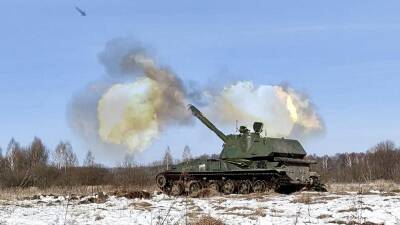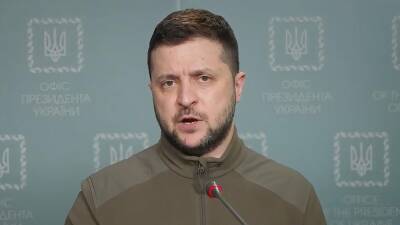Russia's new Ukraine weapon: What is a hypersonic missile?
The Russian army said on Saturday that it fired hypersonic missiles in Ukraine, the first known use of the new weapon system in a combat environment.
Defence Ministry spokesperson Igor Konashenkov says the 'Kinjal' — which means dagger in Russian — weapon destroyed "a large underground warehouse of missiles and ammunition" in western Ukraine.
Vladimir Putin has described hypersonic weapons as "invincible", but what exactly are they?
Moscow claims these missiles fly at exceptionally high speeds — up to Mach 10, or 12,000 km per hour — and that combined with manoeuvrability make it extremely difficult or impossible to intercept. Some Western military experts think however that Russia might be exaggerating the capabilities of their air-to-ground hypersonic weapons.
"The hypersonic missile has a greater penetration capacity and destructive power due to its very high speed," explains military analyst Vassili Kachine.
Another military expert, Pavel Felgenhauer, said that using the Kinjal missiles doesn't give Moscow a strategic advantage, but it's more of a psychological advantage.
"Basically, it doesn't change the battlefield, but it certainly has an effect in terms of psychological propaganda, to scare everyone" he explained.
Moscow has developed this range of hypersonic weapons to be able to evade defense systems such as the American missile shield in Europe, but China has also successfully tested a hypersonic glider, and North Korea claims to also be developing hypersonic weapons.
"The United States does not have this weapon for the moment," notes Vassili Kashin.
Kinjal - Dagger:
First successfully tested in 2018, Kinjals hit all their targets during trials at a range of 1,000 km to 2,000 km, according to the Russian Defence
Read more on euronews.com



















